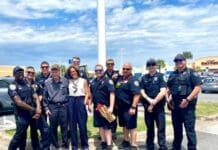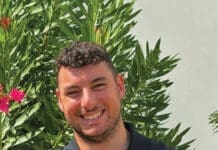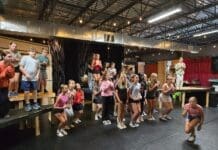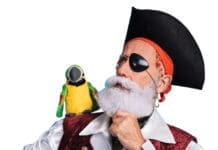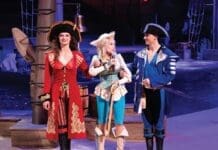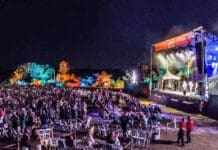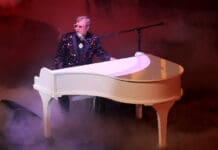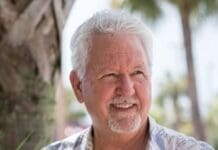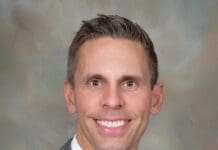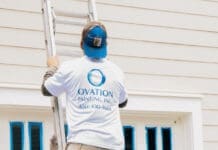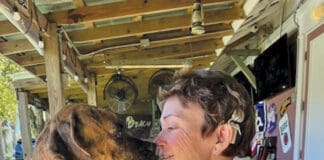By Rick Moore
It is hard to get the images of the children from Camp Mystic out of my mind. Well over a hundred lives were lost in the floods in Kerr County, Texas. We pray for the community. Our church sent money to support the efforts. I try to tell members of the Coast Guard thank you for their service. Yet, it isn’t enough.
Petty Officer 3rd Class Scott Ruskan was recognized for saving over 160 people, many of them children, during the devastating Texas floods in July 2025. He said, “The mission’s not over yet. It’s not over for us.” Those words rang out to me. For many of us who have lived through hurricanes, we know that long after the national media has moved on to the next big story, some are just beginning the healing process. It’s not over.
Award-winning author and USCG Captain Martha LaGuardia Kotite shared these thoughts on the Texas Floods: “My heart grieves for all those families impacted by this tragedy. I am grateful for the courage and determination our first responders have given to help save lives, especially those in the USCG.” One of the several books Martha has written is titled “So Others May Live.” She shares several stories about the many heroes who head toward danger when others are fleeing. My favorite story is “Hurricane Baby.”
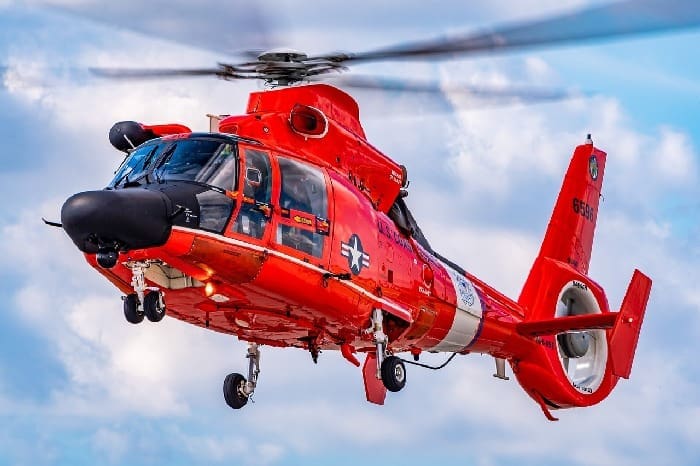
The Hubbard family was in the Atlantic Ocean, hundreds of miles from the coast of North Carolina. This family of four was in grave danger, trapped in the clutches of the extreme winds and huge waves of Hurricane Gordon. One of the children was an infant who was only four months old. Their boat was being tossed around by twenty-five foot seas and gale force winds. Rescue swimmer Mario Vittone, pilot David Gunderson, copilot Daniel Molthen, and mechanic Bobby Blackwell boarded a Jayhawk helicopter after receiving a Mayday call from the family.
After flying hundreds of miles through the storm, they refueled by landing on the USS America, which was about halfway to the rescue scene. That gave them just enough fuel to fly the rest of the way to the family, spend no more than twenty minutes at the scene for the rescue, and then return to the USS America for more fuel before heading home. The swimmers had never trained for saving an infant in these conditions. Just the spray from the helicopter blades is more than some adults can handle during a rescue operation.
By the time they arrived at the Hubbard’s boat, the seas had risen to thirty feet. The back of the boat was cluttered with an assortment of gear, making delivery of the rescue basket impossible. Mario would have to swim to the stern of the boat, inflate the one-man raft, put the baby in it, and hoist it to the helicopter. While Mario was still swimming toward the boat, the mother carried the infant to the sailboat’s swim platform. Then one of the breakers swept her and the baby into the sea. Mario dove to the rescue, saving mother and infant. After getting them safely into the helicopter, he went back to rescue the teenage daughter and the father. Mario received many awards for his historic rescue. The hero’s response to such accolades is simple but profound. “We do this job because every once in a while someone is out there without hope, desperately praying for their life, and we get to be the answer.”
This is just one of the many rescue stories Martha LaGuardia Kotite has to share. After having served in the Coast Guard for three decades, Martha is now an author and keynote speaker. Her work is far from over. If you would like to read more about great maritime rescues, visit marthakotite.com/books.

